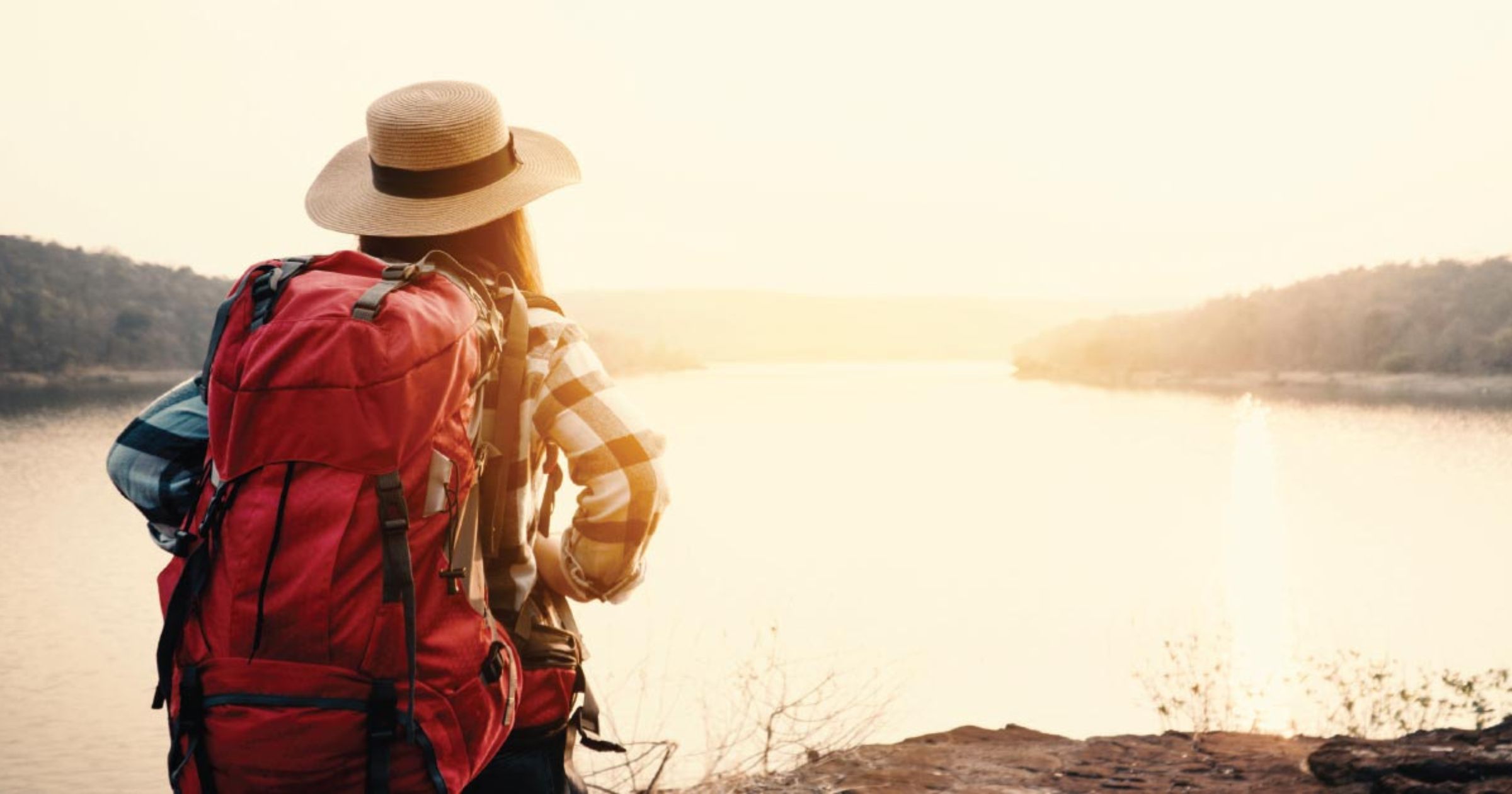Back to Basics
Have you ever heard the term "stick to your knitting?" It means "to continue to do something that you are experienced at and not try to do something which you know very little about," according to Collins Dictionary.
I think that sums up this trend. We should all focus on the basics this year and get a strong foundation under our business as we make our way toward Travel's Next Great Chapter.
BASICS IN WHERE OUR CUSTOMERS COME FROM
Just a few short years ago, tourism was one of the top growth sectors of most economies. Tourism offices and businesses had marketing managers and sales professionals dedicated to reaching potential customers around the world. That was done through social media, tradeshows (who also misses WTM and IPW?) and sales missions to key tour operators.
While all those elements will be important and necessary again, the short-term trend is to market to a smaller set of customers. For most of us, that is the drive market. The drive market is the area from which potential guests will drive. Think of your business as the center of a bullseye. Each ring represents an hour drive. Reaching out to those within a three to five-hour drive is smart right now. The benefits are many—it will be less expensive, you most likely know the best ways to reach them and for those in your state, and there is no need for quarantine or testing.
Our international and long-distance friends will return, no doubt. But the trend this year is to market closer to home.
BASICS IN TRAINING AND EDUCATION
Another area I see the need to get back to basics is employee training. Many senior-level staff have been let go unfortunately, and those taking their place have little to no understanding of the markets, sales tactics and the need for a strong network.
I have provided sales training for DMOs that realized most of their new hotel sales partners have no sales experience. Through no fault of their own, these salespeople didn't realize that they actively need to work for additional sales. More than one attendee told me they thought all they had to do was answer the phone and take the bookings. They didn't realize all the work that used to happen before the call came in.
In order to be competitive, many tourism organizations are providing virtual training opportunities. Businesses that have replaced senior staff should be supporting new staff by giving them training and education. And for you small businesses who say you can't afford it? Reach out to your DMO or Associations you belong to. They want to support you and they can do that by offering training and education.
P.S. Do you belong to SYTA, the Student & Youth Tour Association? Or are you interested in attracting student tours in the future? SYTA is offering "Essentials of Student Travel: A Foundation Course in Student and Youth Travel." I developed this program for them and it's part of their CSTP designation. Click here for more information!
BASICS IN CONSUMER DEMAND: OUTDOORS, RURAL LOCATIONS
As much as everyone wants to travel, many are still looking for ways to minimize interaction with others outside their bubble. For rural destinations, campgrounds and outdoor venues, this is your time to shine. I'm sure you have all seen data that shows RV sales and campground bookings are up double digits. How can you support those guests?
Are your brochures stocked at local campgrounds? And don't despair if you are an indoor venue—bad weather forces campers to look for indoor activities. Helping guests find outdoor trails and activities is key in 2021.
And while we don't all have magnificent National Parks to promote, we all have State Parks. While I was researching, I found My Nature Book Adventures, a small family-run company that sells "Adventure Planning Journals" for most State Park systems. These seem like a great tool to get visitors moving around your state while providing some love to the less-visited parks in your system.
Written by Sally Davis Berry, tourism industry expert. Berry provides consulting services and marketing expertise, and runs Tourism Pro Academy, which has online courses and free resources for tourism professionals.
This article was republished with permission and originally appeared at Sally Davis Berry.



